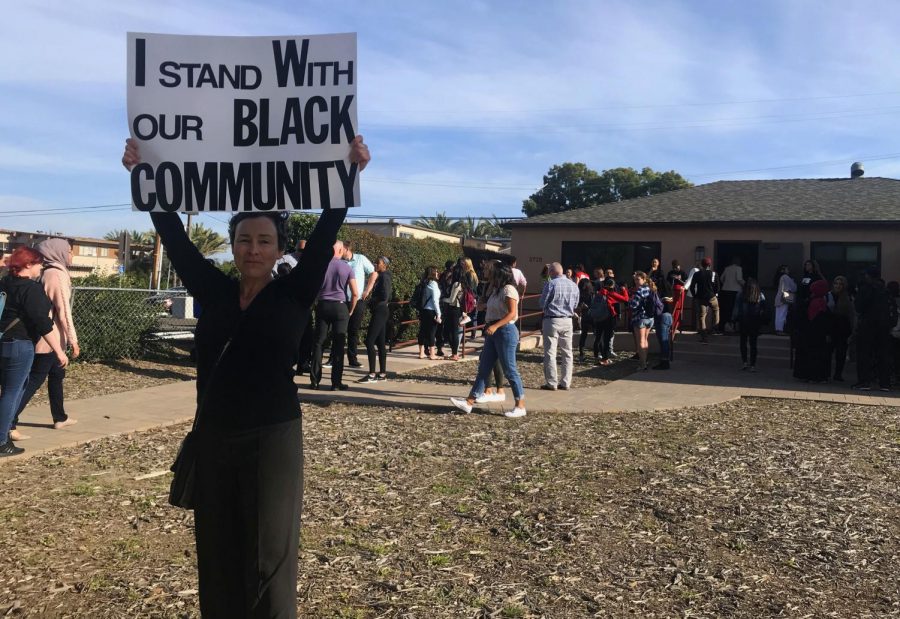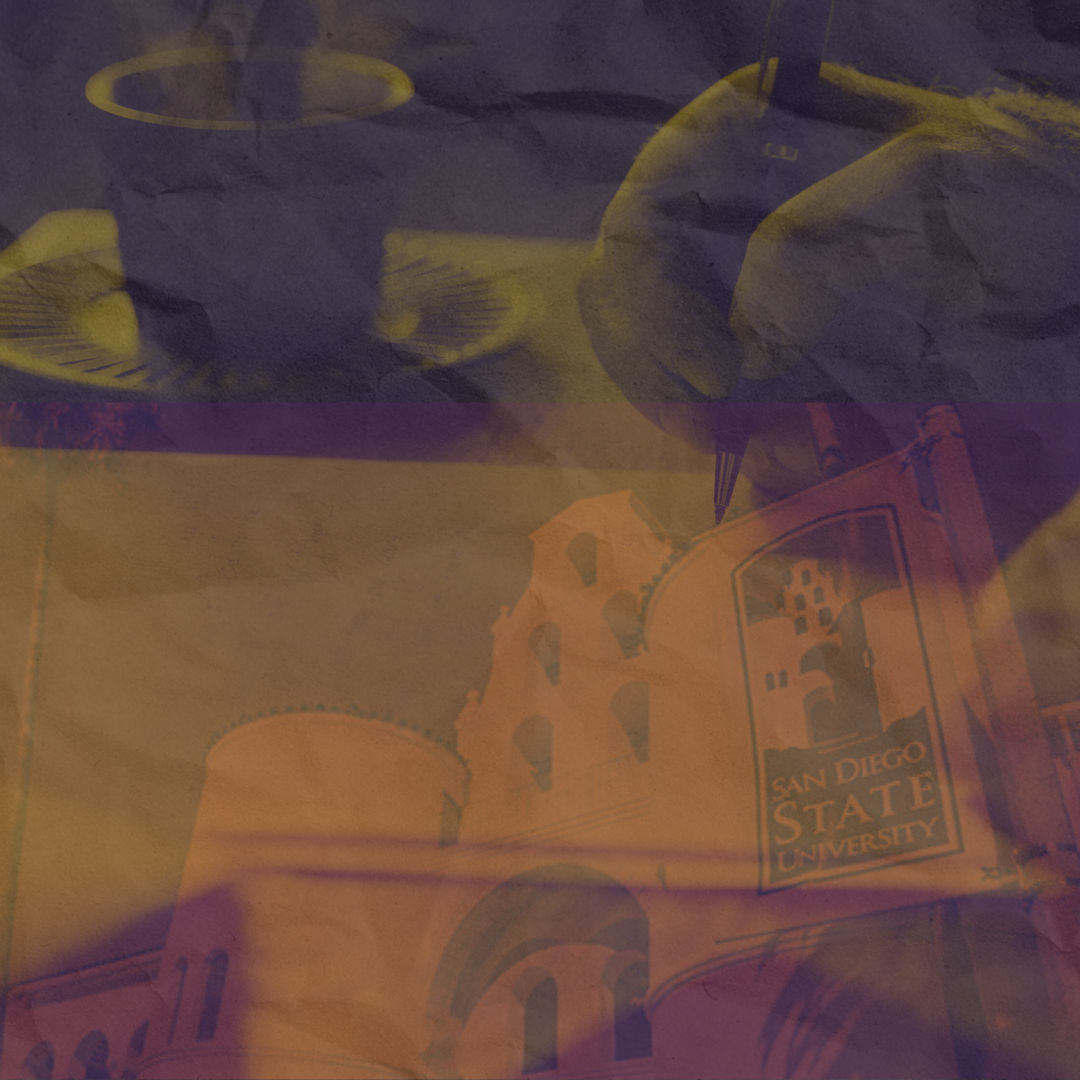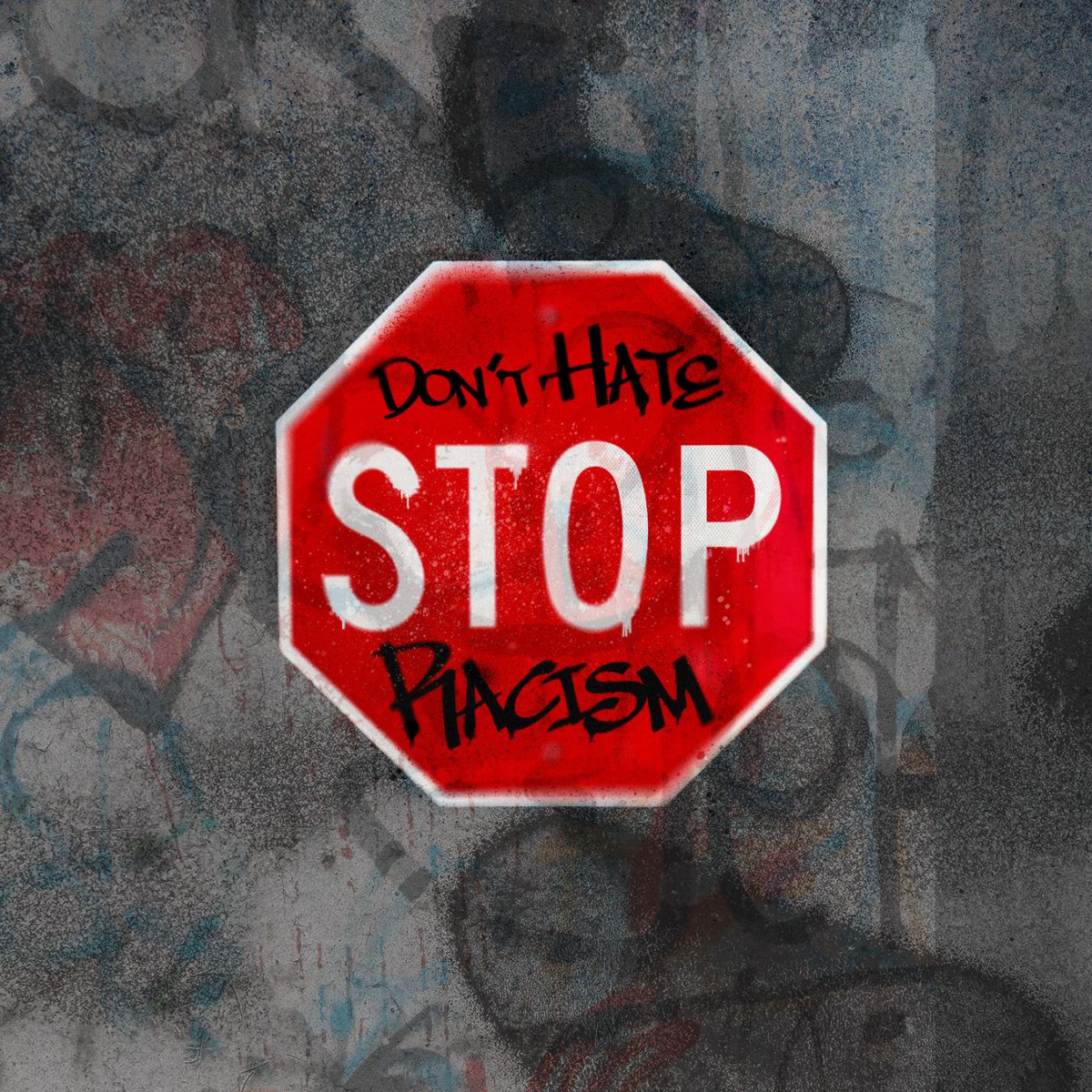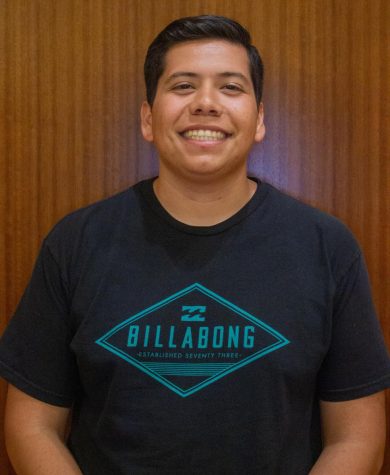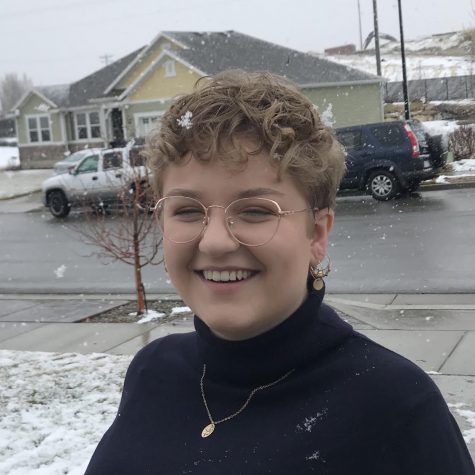The spring 2019 semester was grimly defined by multiple incidents of racism that included the vandalization of the Black Resource Center, a viral video capturing the yelling of a racial slur outside the center by a passerby and a racist Snapchat video threatening a black student.
In response to the racist incidents, the black community held a rally last April in front of Hepner Hall demanding change from San Diego State officials to address the issues of racial intolerance.
A year later, the black community at SDSU is still recovering from the events and fighting for change in the community.
“So right now, I would say we’re largely still in a space of recovery, and that leaves us in a position where we’re still organizing around how we need to continue that fight and what that needs to look like — because the work is not done,” Africana Studies junior Tamiel Mckee Bey said.
Mckee Bey, a frequent visitor of the Black Resource Center, has leadership roles with a number of student organizations, including serving as the vice president of both the student African American Sisterhood and the African Student Union at SDSU.
She said some of the changes the black community called for from the university following the protest last April have not been met. This has left the black community in a continued state of advocacy following the racist incidents that unfolded almost a year ago.
“A lot of the things that we asked for in the protest in regards to our demands, some of them were implemented,” Mckee Bey said. “Some of them we still are actively working to hold the university accountable for.”
The Black Resource Center demanded several changes from university administrators following the series of racial attacks against the center that included more protection for faculty and staff who speak out to support students of color, a research symposium for faculty of color and student involvement for the hiring of faculty. One of the changes the university has addressed is the addition of security cameras for the center after it was vandalized last April, resulting in $400 in damages.
Sociology sophomore and Black Resource Center community member Kynya Whitted said the addition of the cameras may not have been installed if it weren’t for last year’s vandalism to the center.
“I feel like without that happening, a lot of changes wouldn’t have been made from then until now,” she said.
Whitted said the vandalism brought the community closer together.
“It’s not something that happened to one particular individual, it was us as a whole in a center where we all come and gather,” she said.
The black community faced burnout after the continual incidents last semester. Mckee Bey described the feeling as “putting yourself on the line when you have nothing else to give.”
She also said the feelings of burnout caused many black students to fall behind in classes and even miss their final exams in the spring.
Coming into the fall 2019 semester, Mckee Bey said it was tougher for students in the black community to return prepared for the new school year.
“A lot of our students were beat,” Mckee Bey said. “A lot of our student leaders did not have the space to heal in the ways that they needed to and did not have the support systems or the resources to be able to make them come back this fall semester and succeed as students first because that’s what gets forgotten is that we’re students first.”
Interdisciplinary studies senior Imani Sumter said the incidents have made the black community more aware of the issues of racism on campus.
“I think we’ve always felt like we were on defense a little bit,” she said. “I feel like we’re on extra defense now.”




